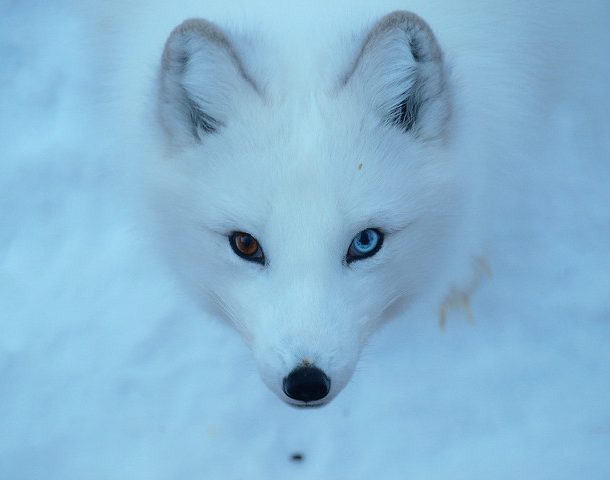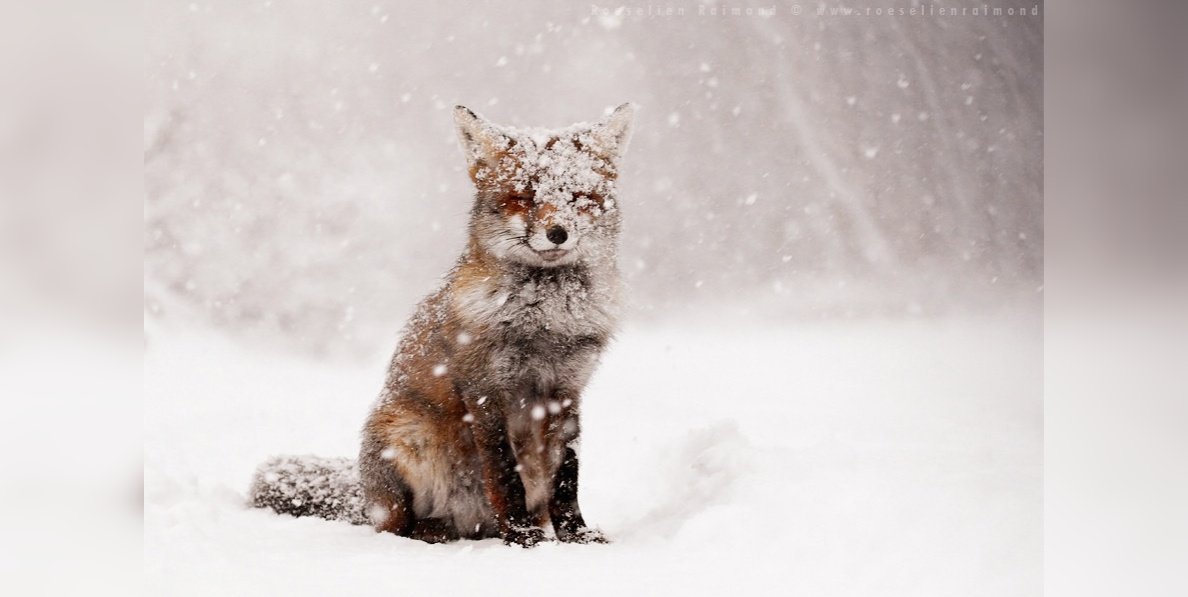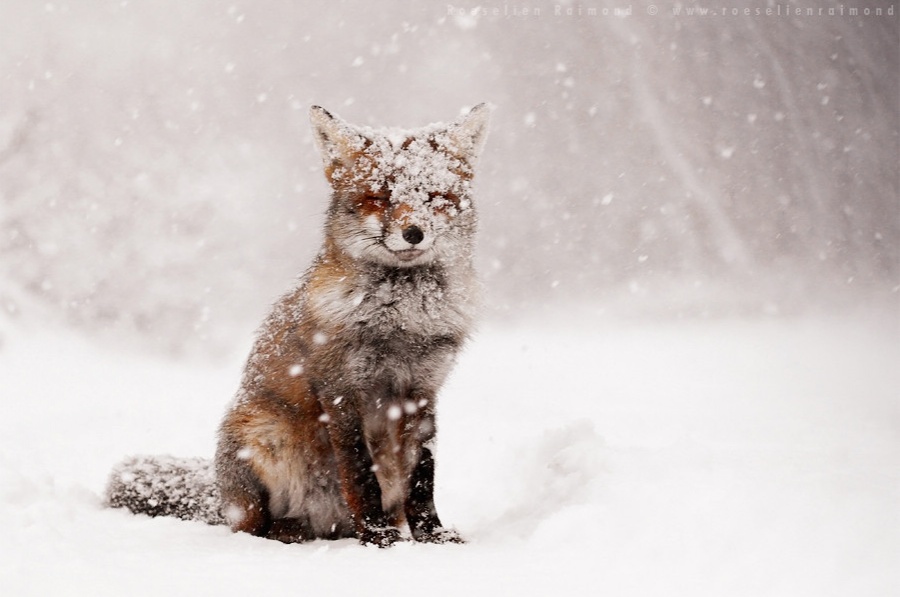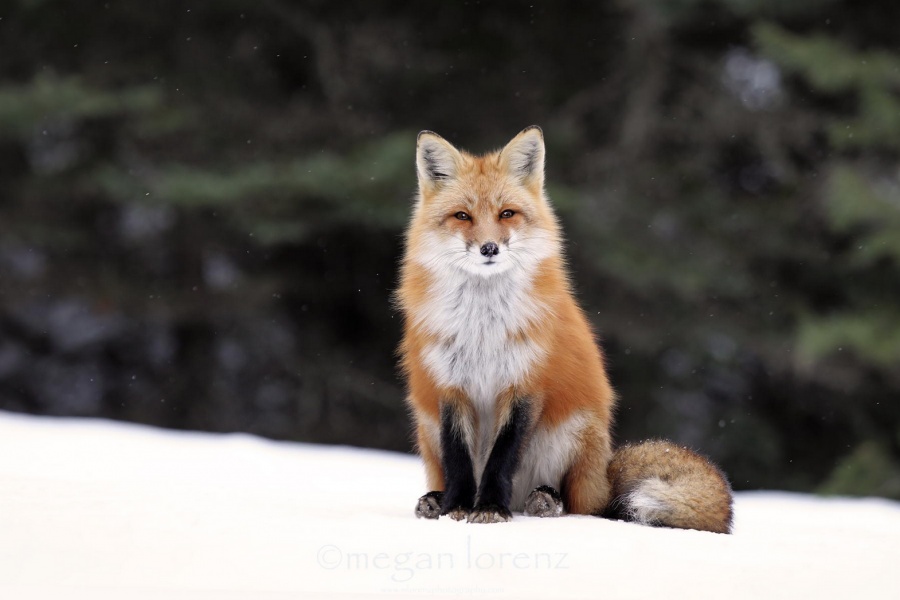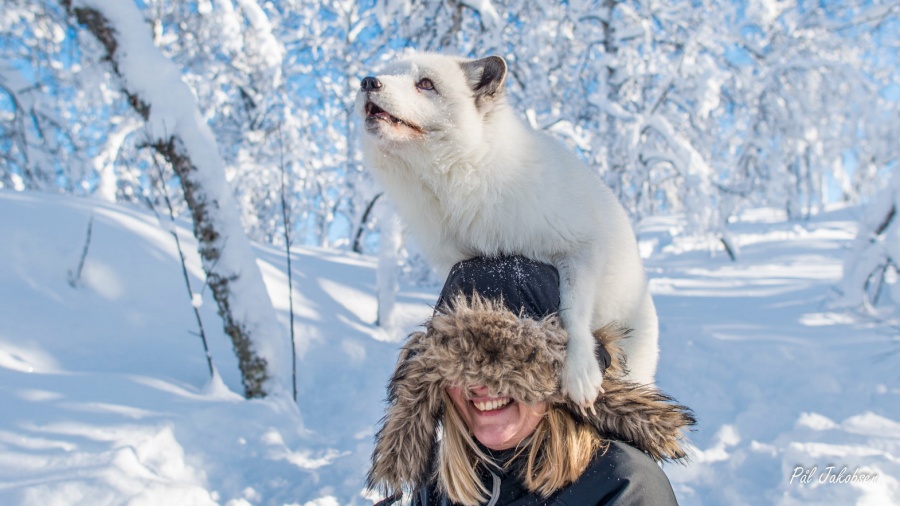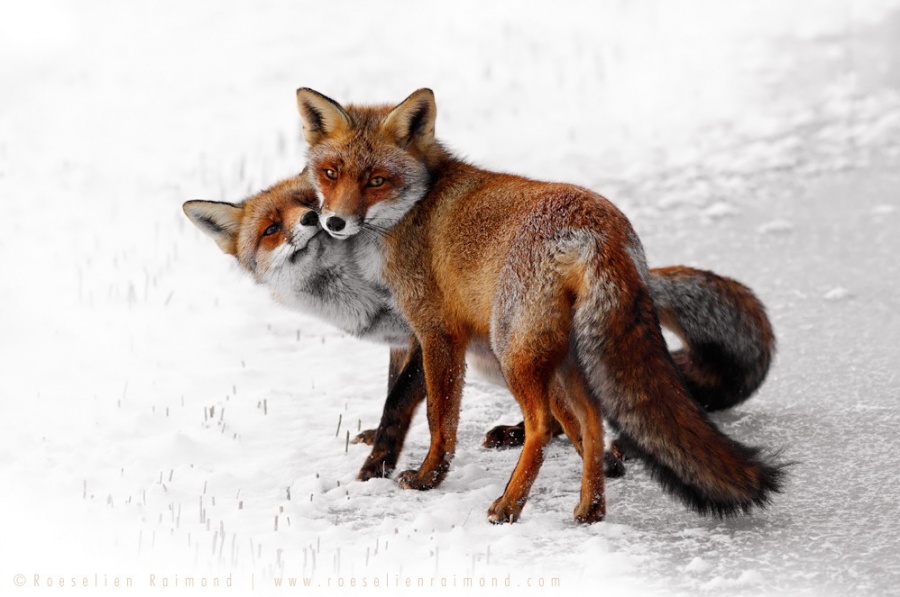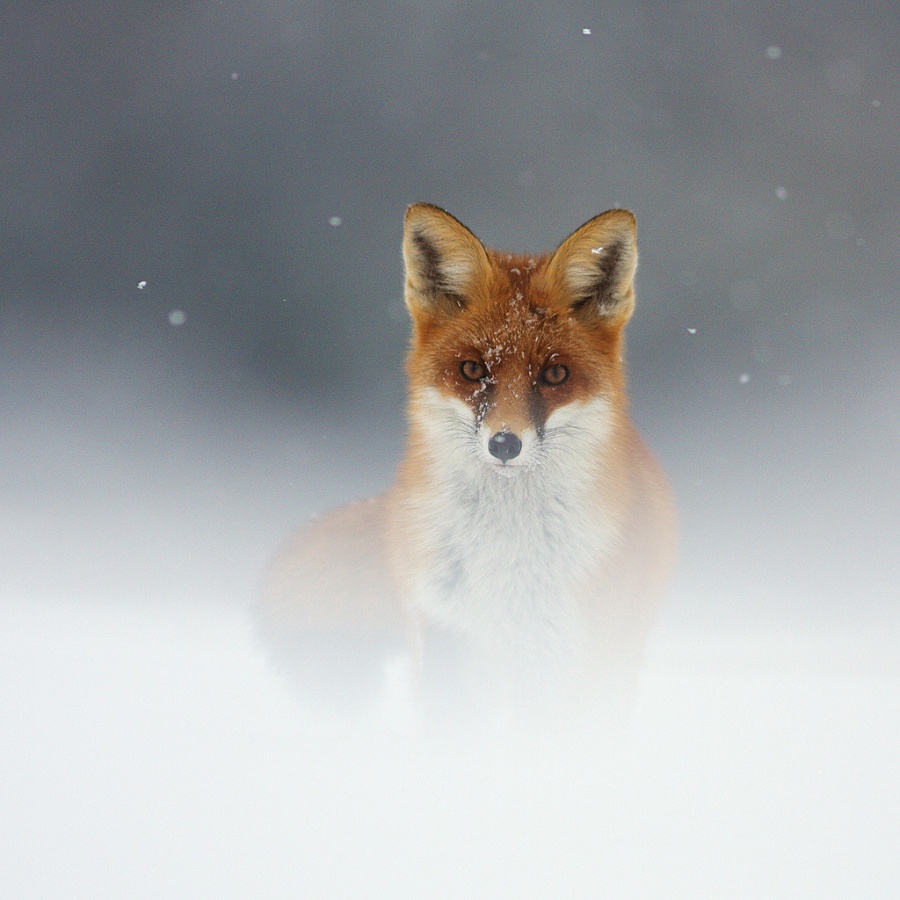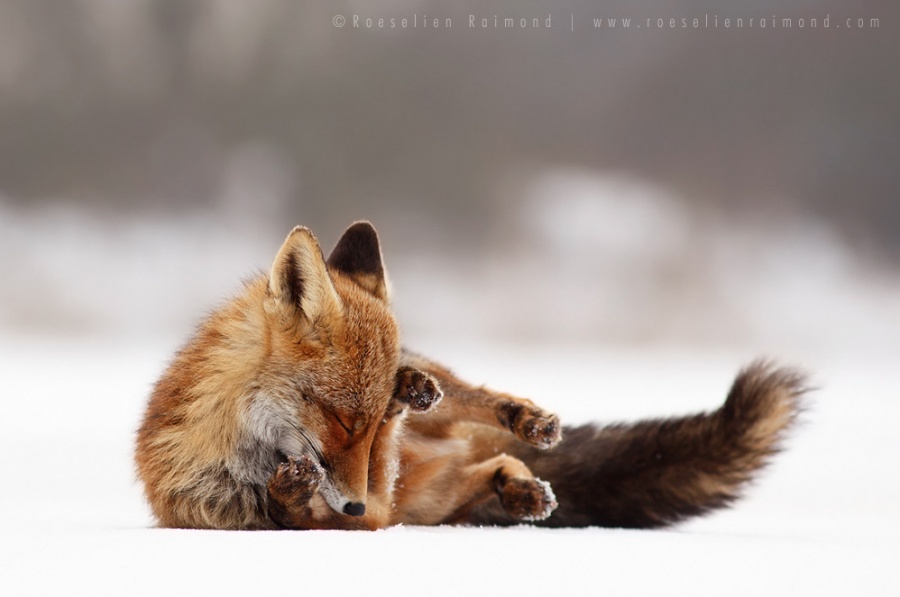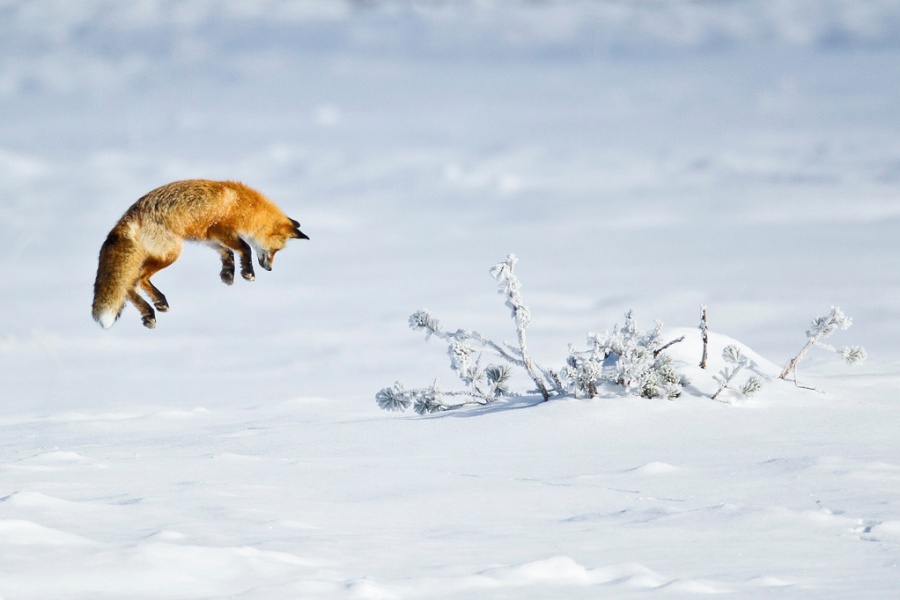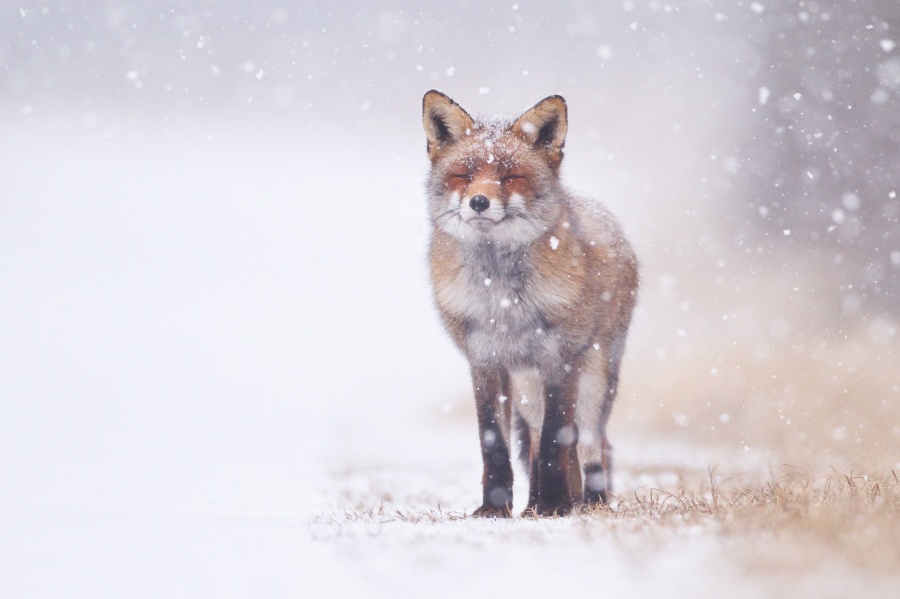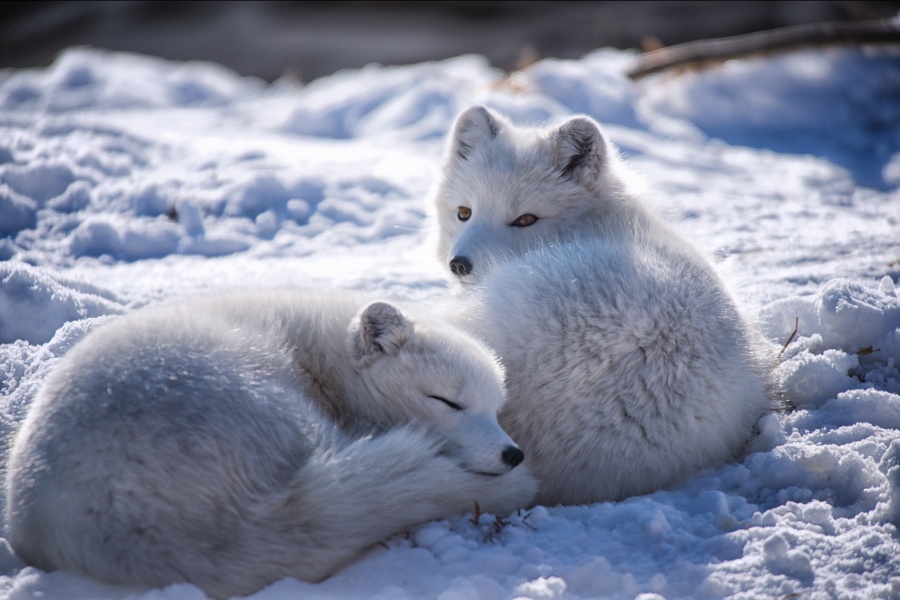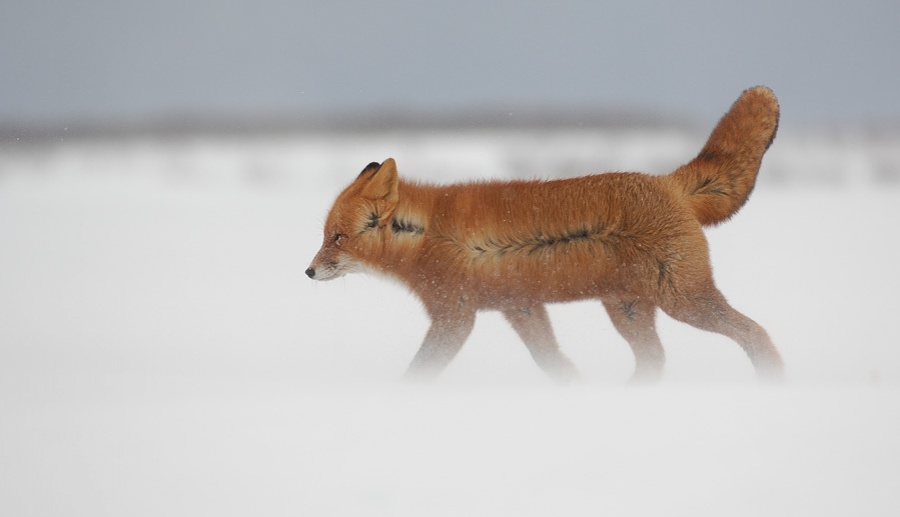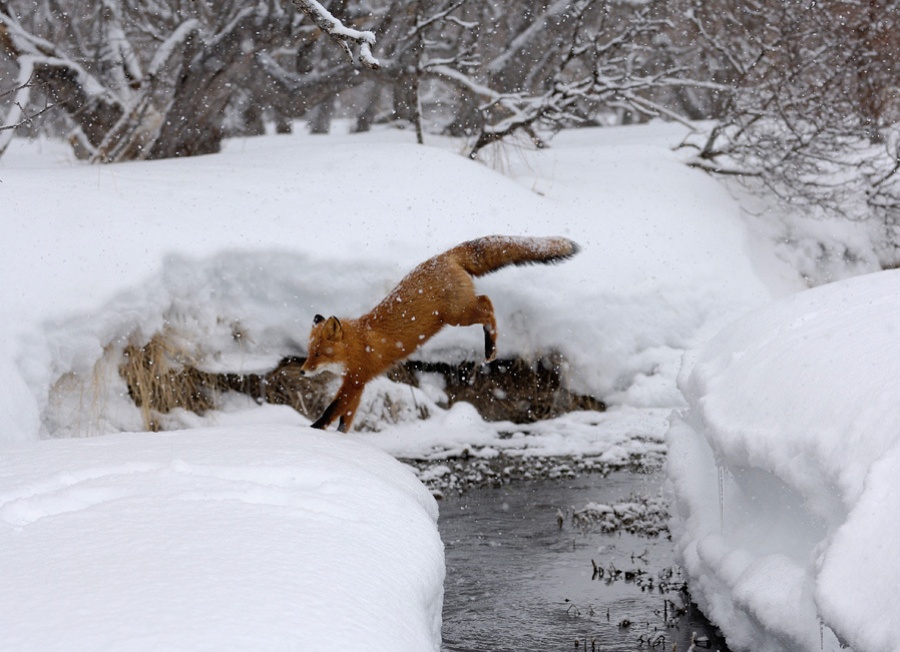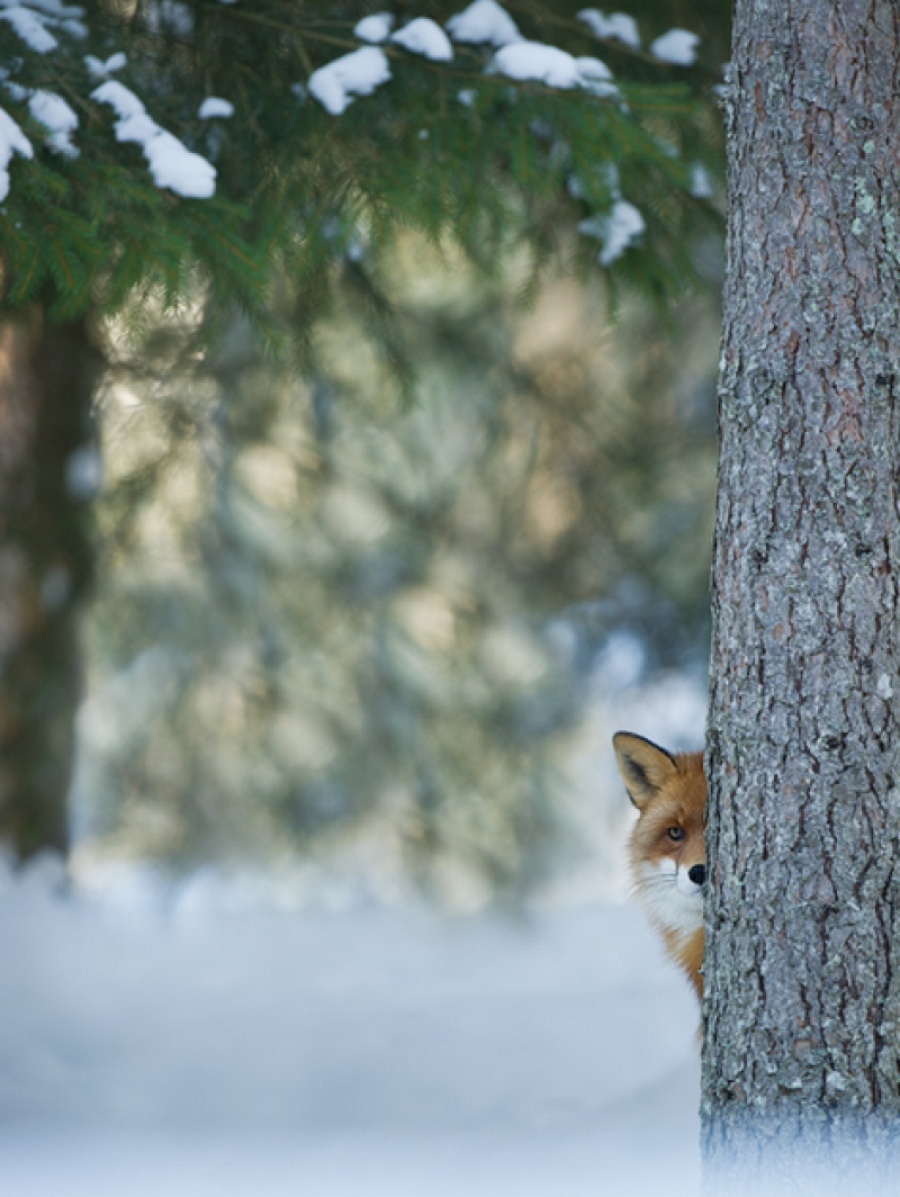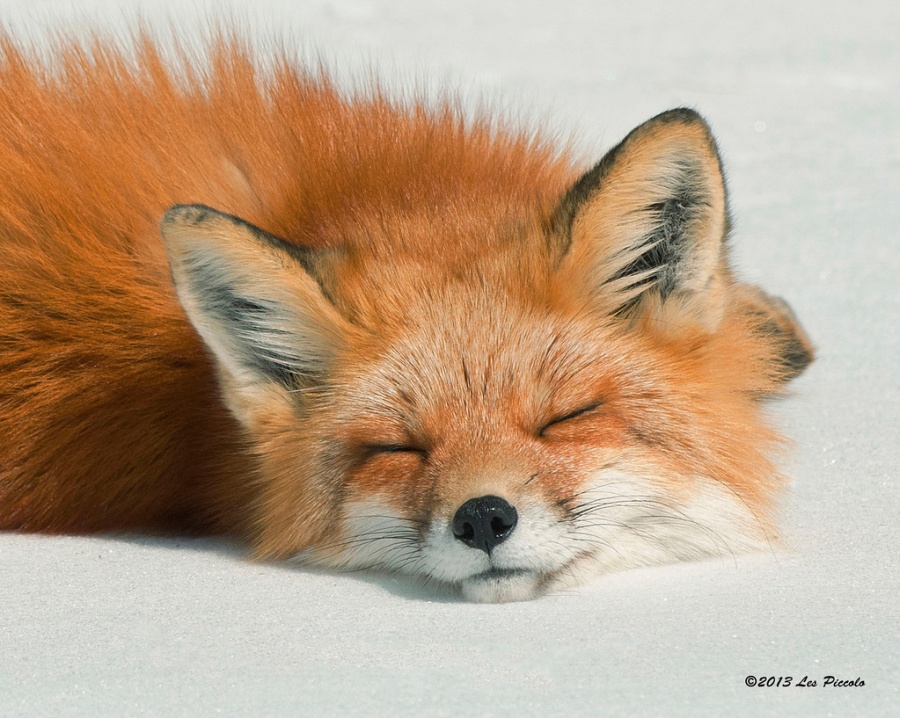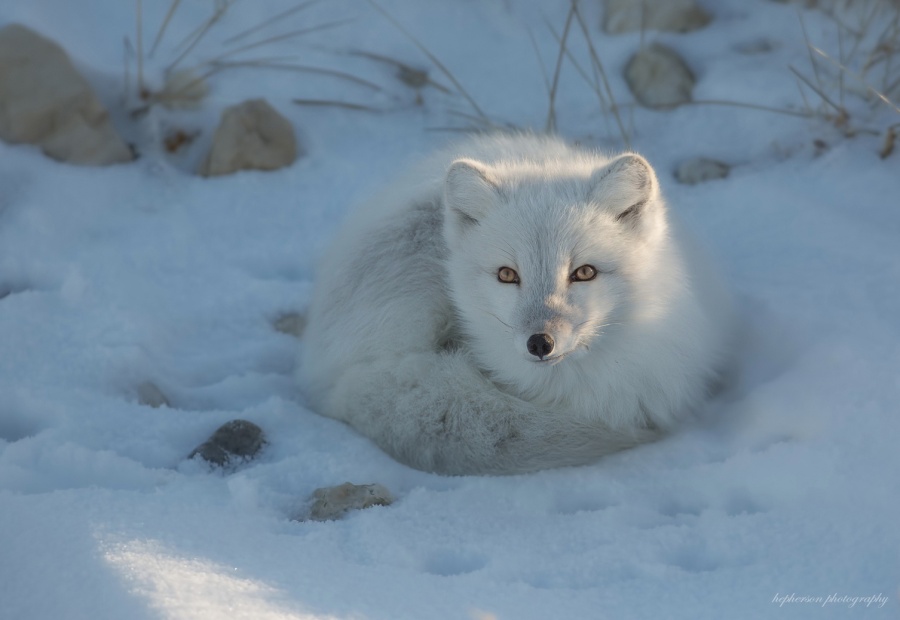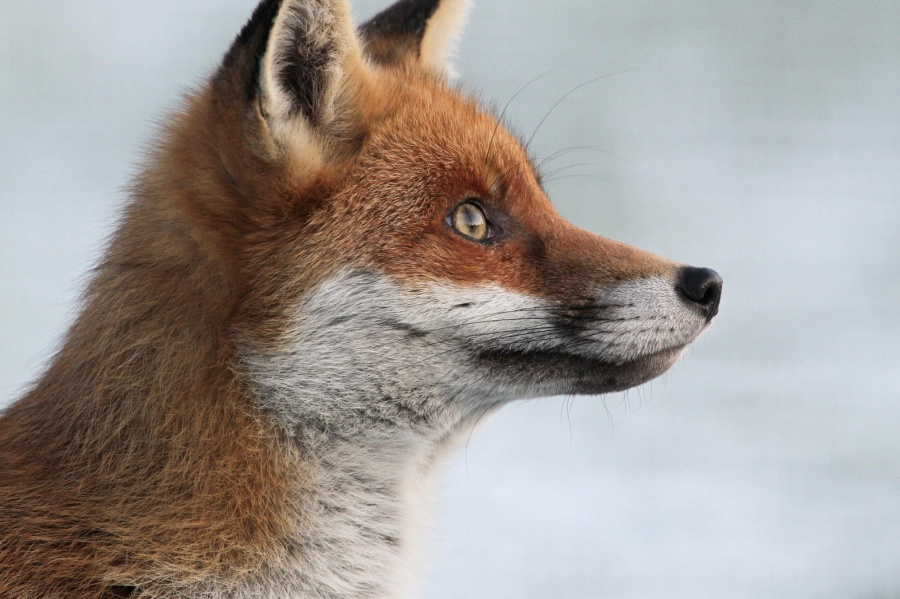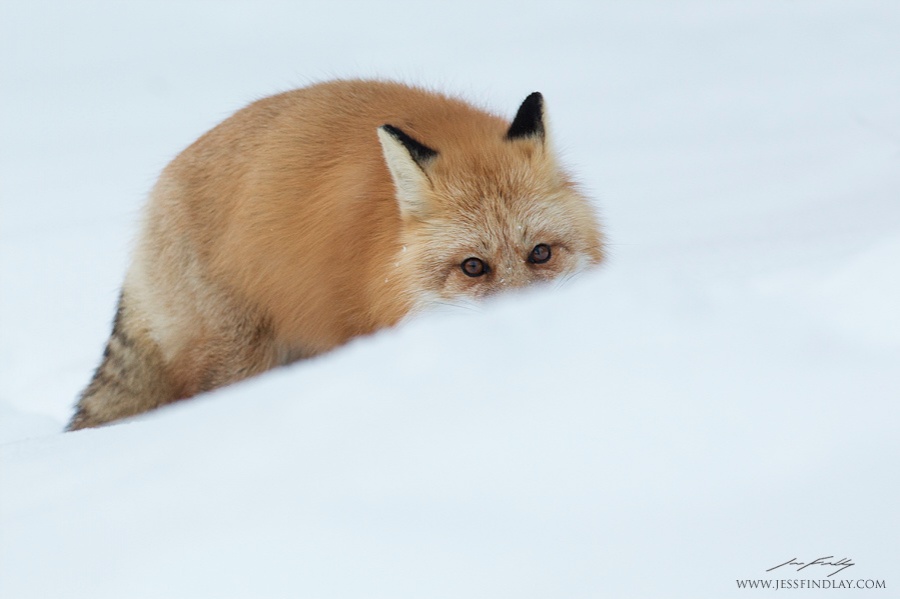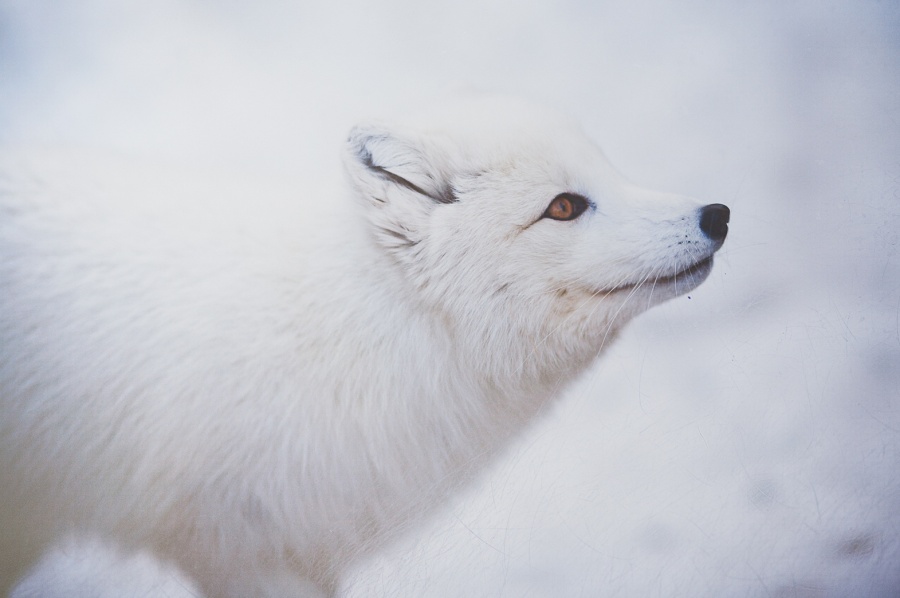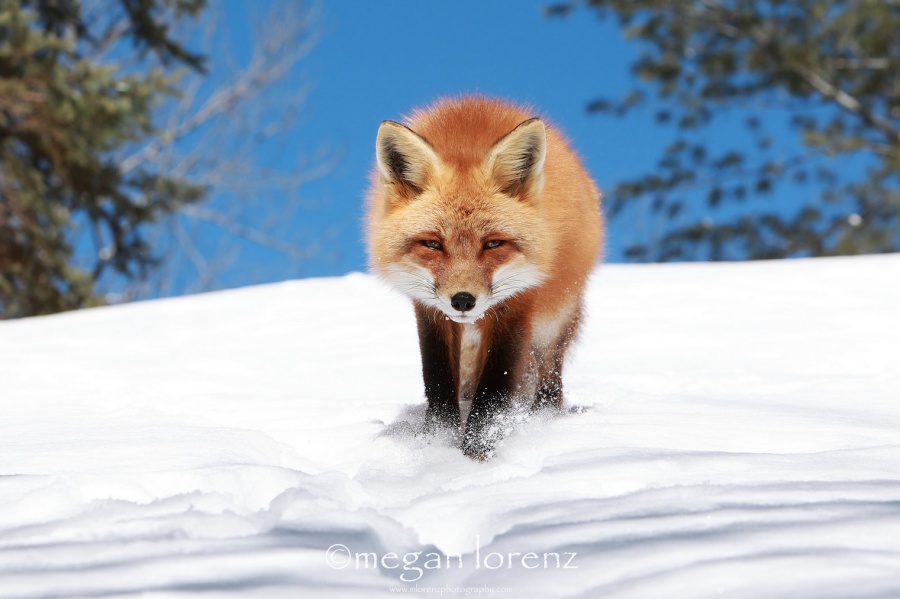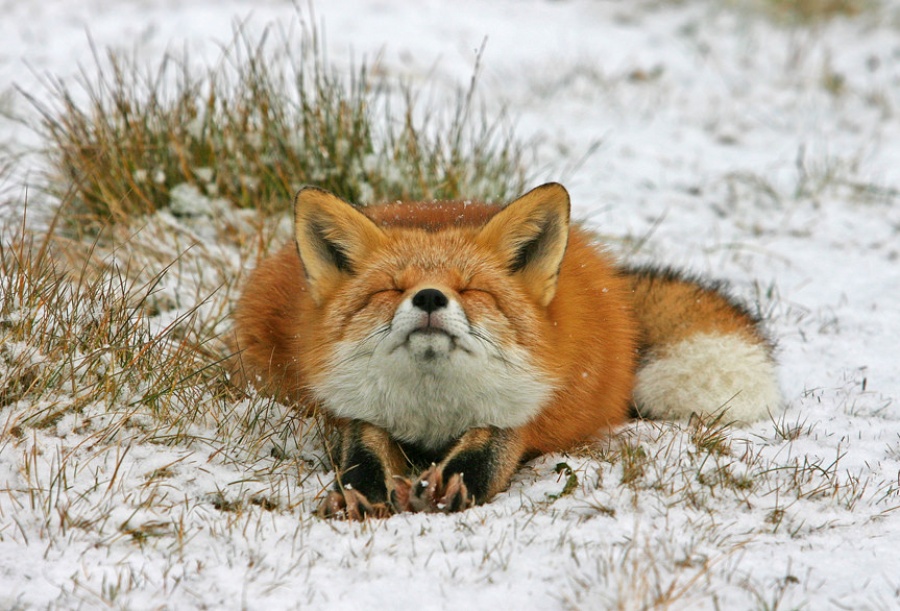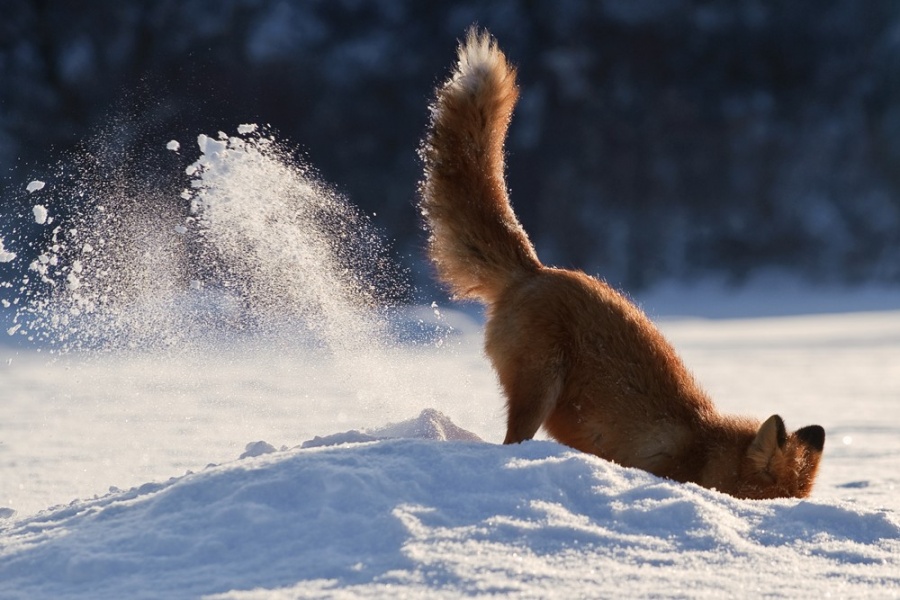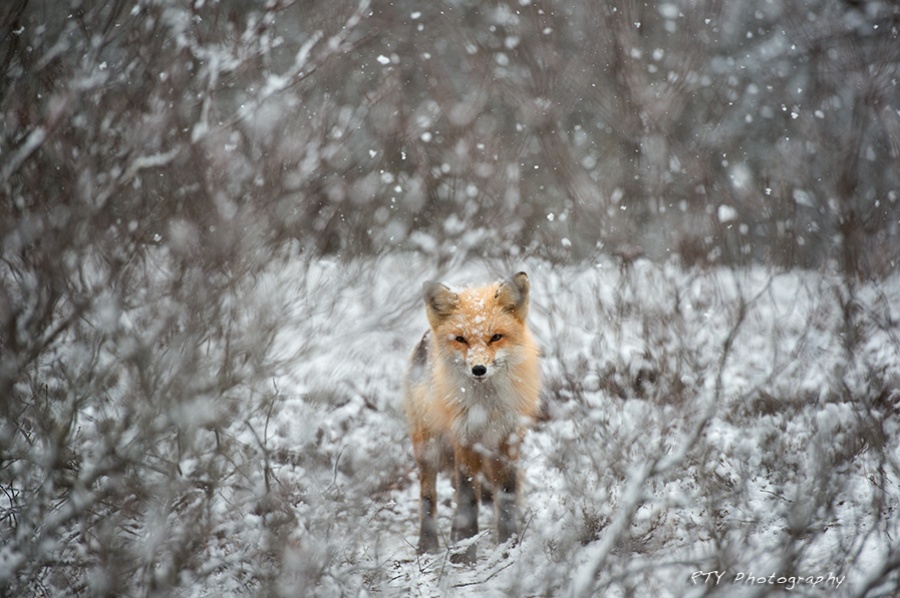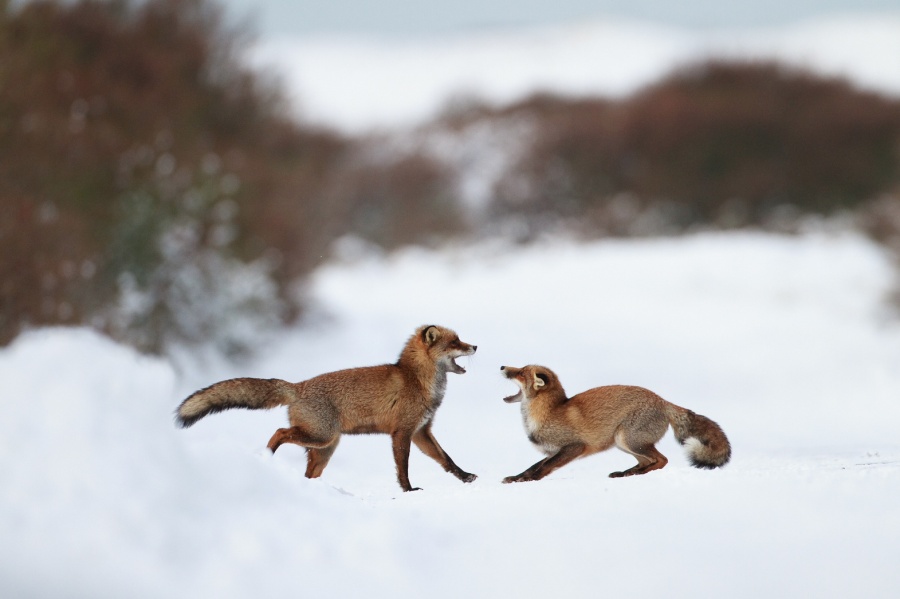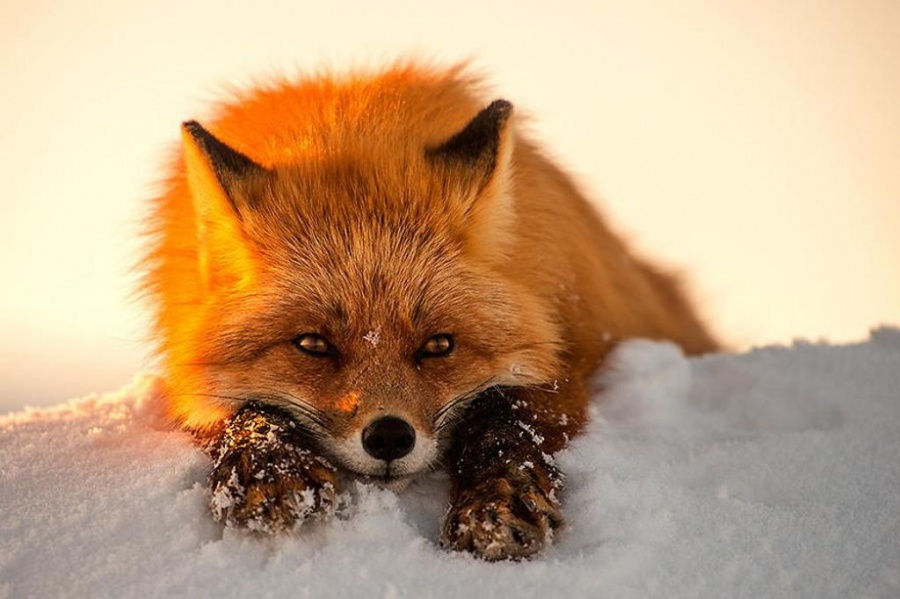Foxes are fascinating animals that really know how to have fun. Whether it’s hot summer deserts or misty forests or fields still covered in snow, these sleek ginger beasts will make the best of it. So how can they miss an opportunity to say goodbye to the last days of March? With a dip into already melting snowdrifts, no less?
We dug up 25 amazing photos that prove that foxes really know how to throw a ’Goodbye to Winter’ party.
1.
2.
3.
4.
5.
6.
7.
8.
9.
10.
11.
12.
13.
14.
15.
16.
17.
18.
19.
20.
21.
22.
23.
24.
Bonus
Officially called the arctic fox, this animal also has several nicknames such as white fox, polar fox, or snow fox.
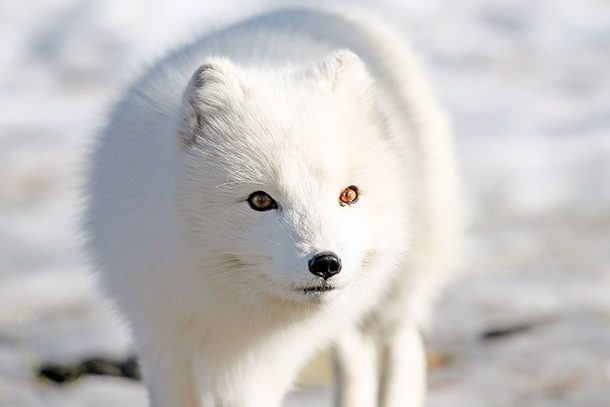
Living in extremely cold regions, the arctic fox has a unique system of heat exchange that will not let it start shivering until the temperature drops to an astounding −70 °C (−94 °F).
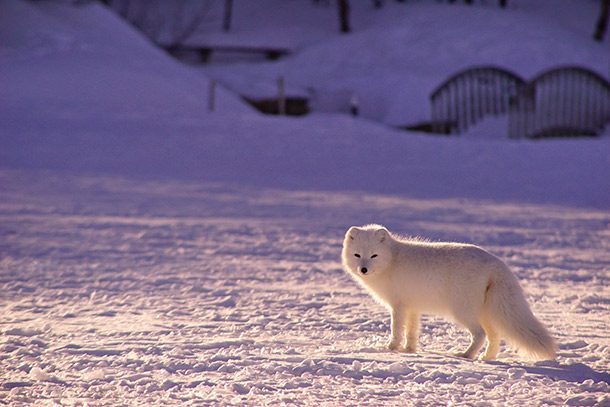
Another adaptation that allows the fox to survive such harsh conditions is its low surface area to volume ratio and a rounded body shape to minimize the heat escape.
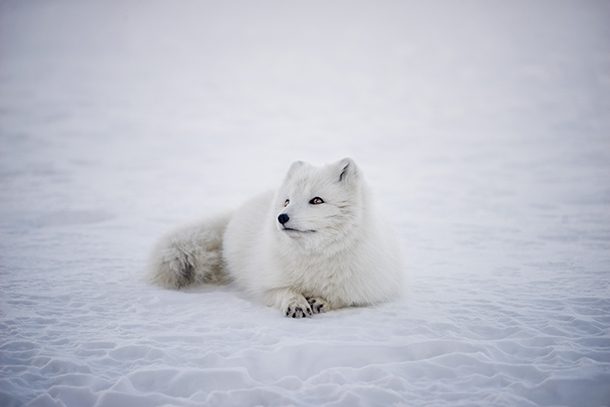
People usually think arctic foxes are just white, but in summer when the snow melts away, their fur turns dark to blend in with the environment.
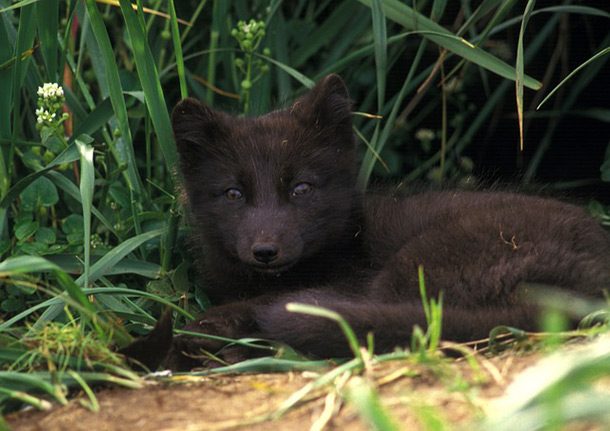
Their ability to change colors can be even more advanced – studies have shown that arctic foxes living in areas where the snow is not purely white, produce fur of the same, grayish color as the snow.
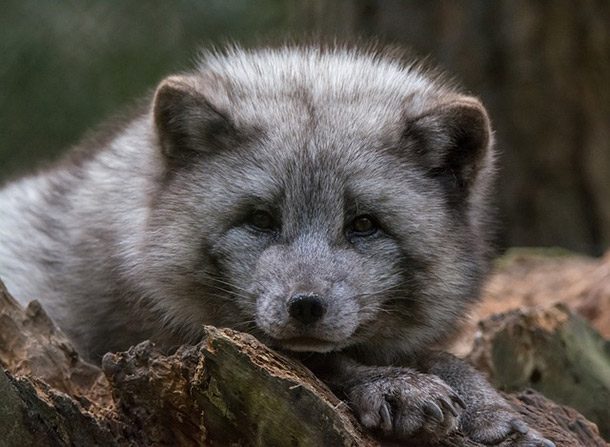
Arctic foxes live in underground dens which can be centuries old, used by numerous generations of foxes. These tunnel systems are often very large, covering as many as 1,000 sq. miles (1,200 sq yd) and having up to 150 entrances.
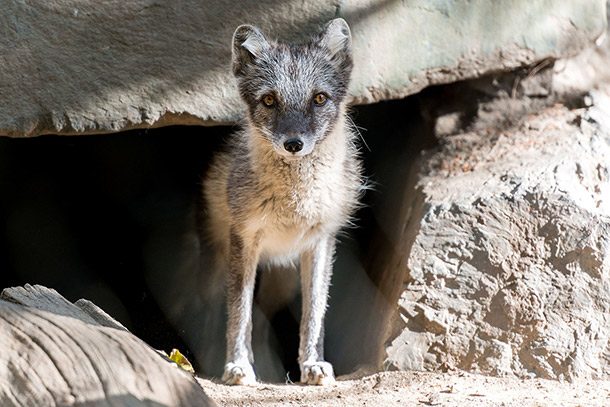
Depending on food availability, females usually have 5 – 10 young, but in areas where food is abundant, they can have as many as 25 offspring, which is the most of all wild living mammals.
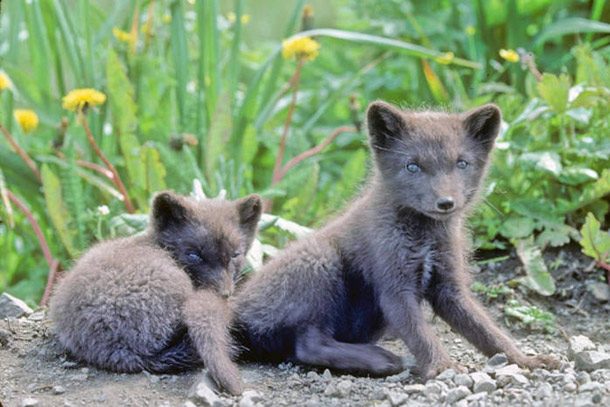
The young have to grow up and build fat reserves very fast because summer is short in the polar region. Unfortunately, many cubs fail to do that and the first winter is often fatal for them.
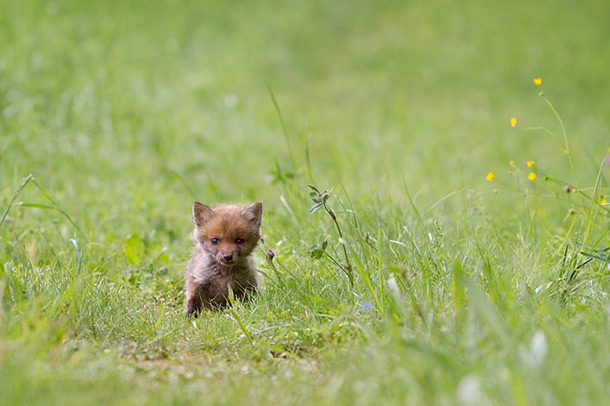
Arctic foxes are omnivorous, eating almost anything they can find – from rodents, birds or fish to berries, seaweed and carcasses left by larger predators. In case of extreme scarcity, they have been even known to eat their own feces.
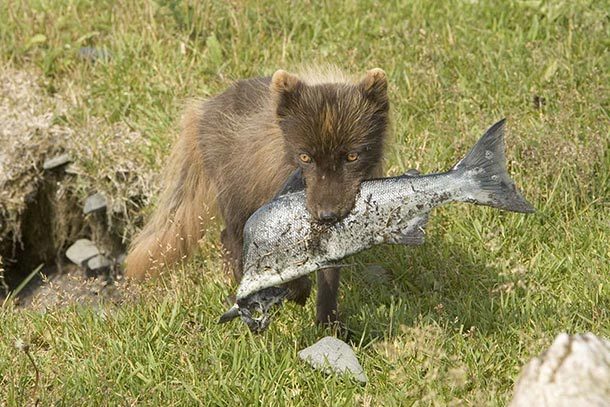
When hunting, the arctic fox has to break through thick layers of snow. In order to do that, she jumps high in the air and dives headfirst into snow.
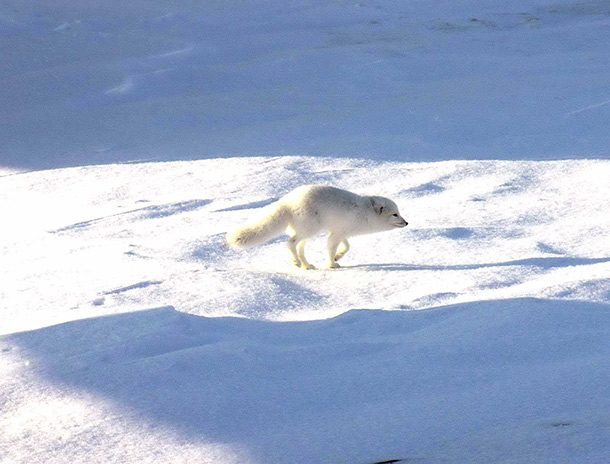
When food is not available, the arctic fox is able to reduce its metabolic rate by half while remaining still active, thereby saving energy.
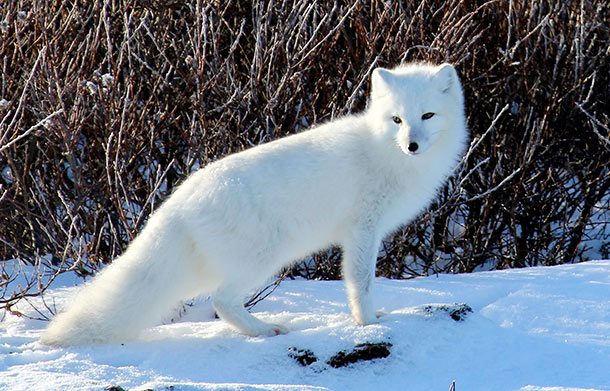
The Arctic fox is usually hunted by polar bears, but in Canada, there was a recorded case of a strong friendship between these two animals. They played together, and the giant bear even shared his food with his little fox friend.
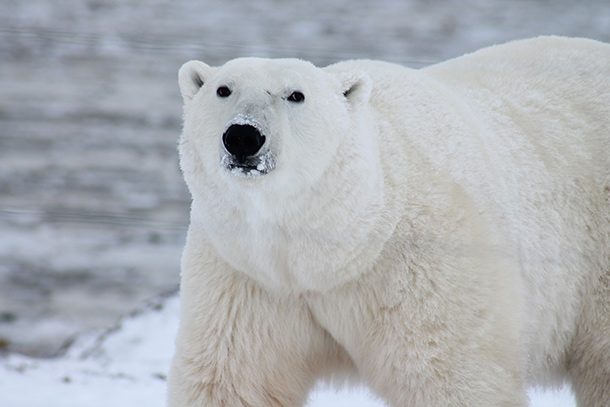
The arctic fox is known for its far ranging movements, which rank among the largest of all terrestrial mammals. During the seasonal movements, individuals have been recorded to travel a total of up to 4,500 kilometers (2,800 miles) over a winter season.
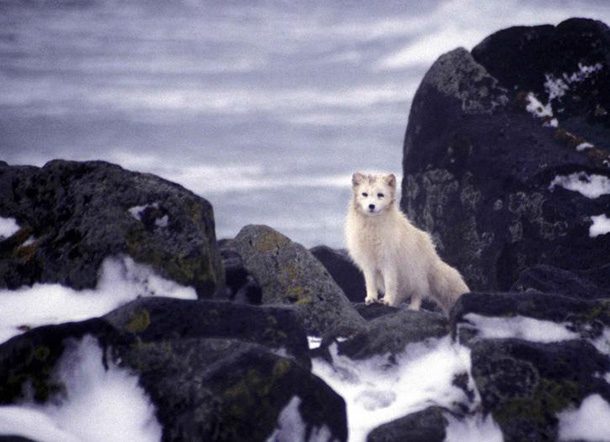
While arctic foxes have perfect senses of smell and hearing, they have pretty poor sight.
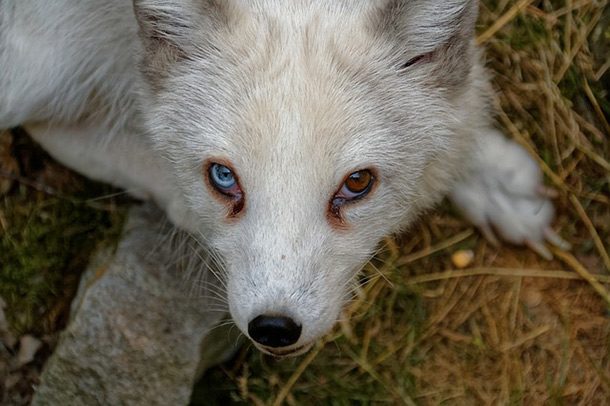
Due to its small size, adult males average at 3.5 kg (7.7 lb) and females at 2.9 kg (6.4 lb), arctic foxes are often preyed upon by wolverines, wolves, and even golden eagles.
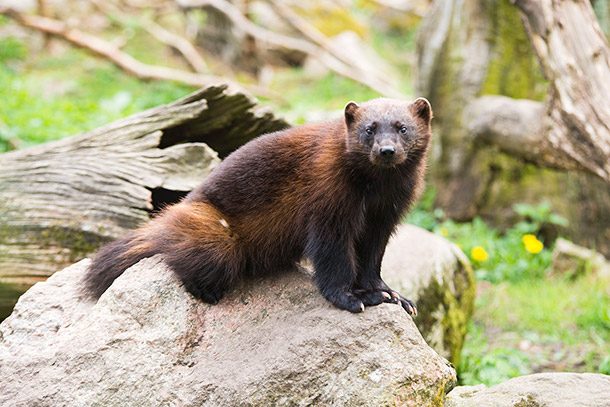
However, it is people who pose the greatest threat to these amazing animals. Arctic foxes are hunted mainly for their fur, although it takes as many as 20 foxes to make just one coat.
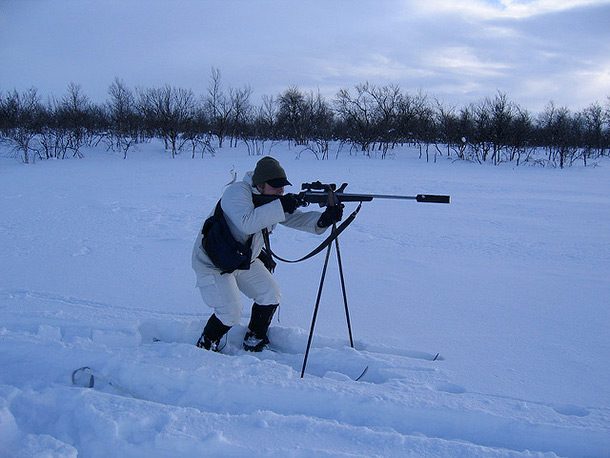
Thanks to their relatively high reproductive output, the global population of arctic foxes is not endangered yet but several sub-populations are. In all of Norway, Sweden, and Finland, for example, the estimated population of this animal is fewer than 200 individuals.
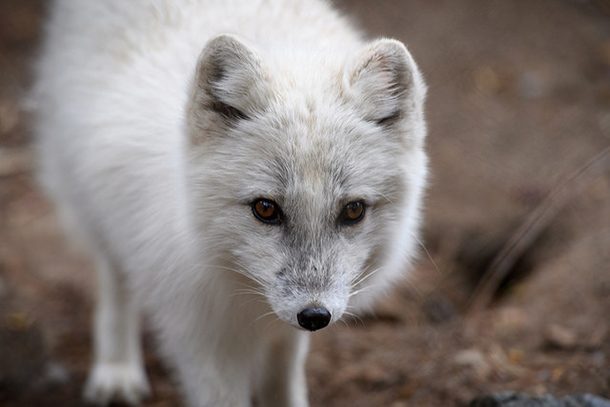
Another threat the arctic foxes have to face is the expansion of the larger red fox. Global warming allows them to stretch northward and take over areas that used to belong to arctic foxes.
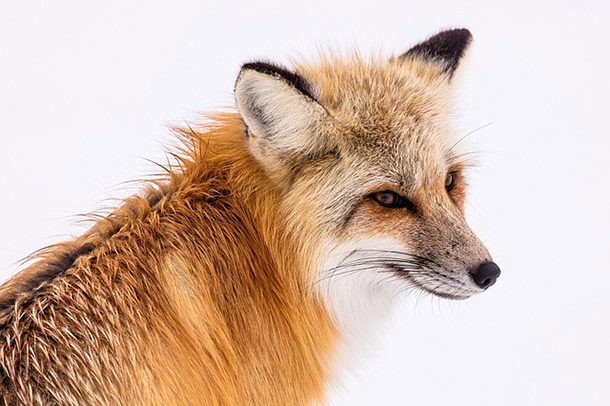
With the average head-and-body length of the male being just 55 cm (22 in) and 52 cm (20 in) for females, arctic foxes are the smallest wild canines found in Canada.
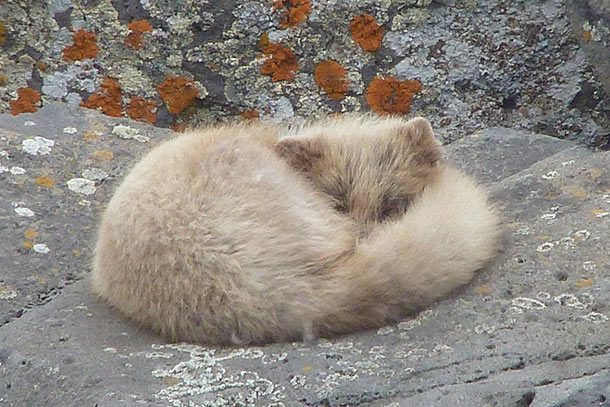
The arctic fox is the only land mammal native to Iceland.
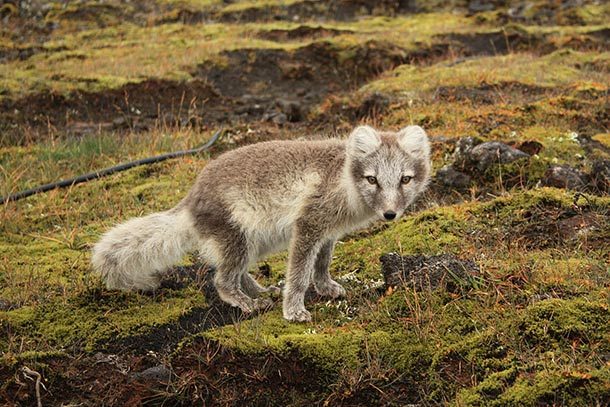
However, not every country wants to be a home to this animal. In New Zealand, for example, the arctic fox is classed as a “prohibited new organism” under the country’s Hazardous Substances and New Organisms Act 1996, preventing it from being imported into the country.

The lifespan of arctic foxes living in the wilderness is usually just 3 – 6 years, but when kept in captivity, they can live as long as 15 years.
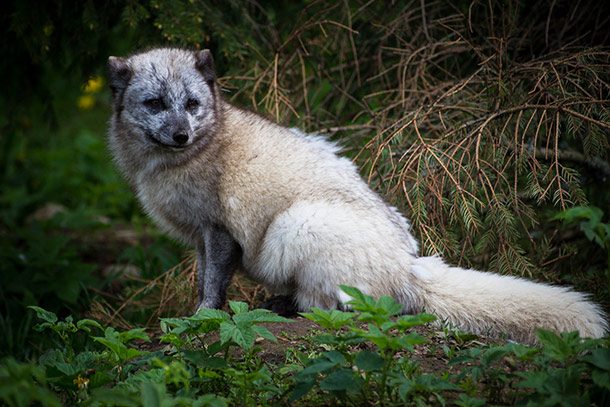
Although belonging to the same family as wolves, arctic foxes are generally lonely wanderers. They only tend to form monogamous pairs during the mating season.
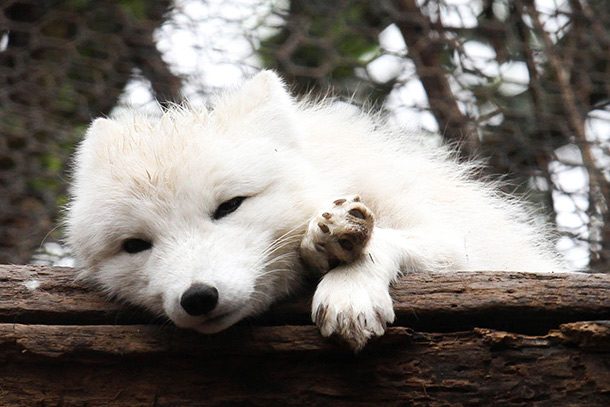
The arctic fox has paws covered in thick fur, which is unique to wild canines. Their scientific name “lagopus,“ means “rabbit-footed.”
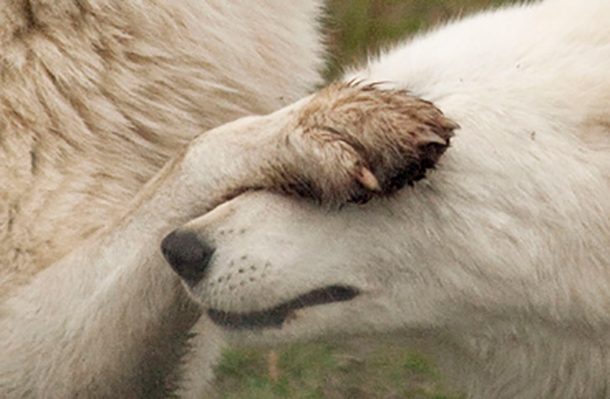
Arctic foxes have heavily pigmented eyes to help protect them from the intense sun glare on the ice and snow. Sometimes, they can even have heterochromia – differently colored eyes.
